FM Towns
Top 10 Best FM Towns Games of All Time!
The FM Towns was Fujitsu’s follow-up to their 8-bit computers and was introduced as a more sophisticated alternative to NEC’s widespread PC-9801 computers. As the first computer equipped with a CD-ROM drive as a standard feature (and with graphics rivaled only by the Sharp X68000), the FM Towns commanded a price of more than $3000 when it launched in 1989. Its library of games was largely defined by near-perfect arcade ports and CD-enhanced versions of earlier games that featured voiced speech, full-motion video cutscenes, and Red Book audio. The FM Towns never grew beyond the boundaries of its niche market status, but many of its games are sought after by collectors to this day.
10
Pu-Li-Ru-La
1994
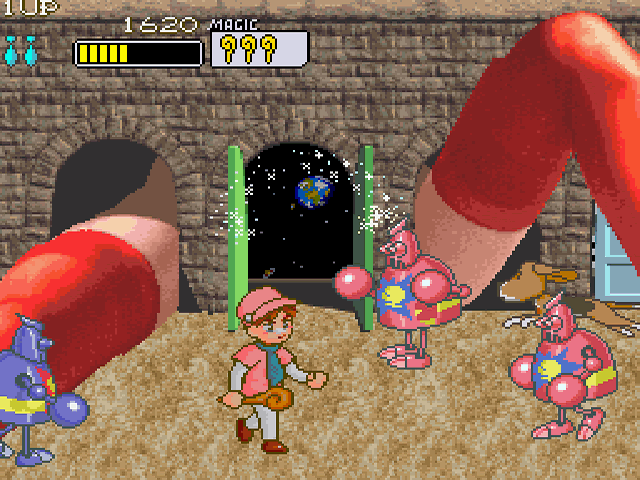
Pu-Li-Ru-La is an obscure beat ’em up from Taito that probably shouldn’t even be a thing. The basic concept of the game involves two kids who set out to restore balance to the world after the flow of time is disrupted. The “time rift” dynamic gave the developers creative freedom, and they were not afraid to use it. The game mostly uses a simplistic animated look, but the developers also threw in some crude digitized graphics just for fun. Throughout the game, you’ll see a digitized woman holding onto a pole and flapping in the wind like a flag, a creepy face that fills the entire screen, and a background that consists of a half-naked sumo wrestler standing next to a mountain for some unknown reason. One of the strangest things about the game involves a pair of giant legs sticking out of a wall with a door in the middle covering up the crotch area. When the door is opened, a pink elephant emerges and outer space is visible through the open doorway. WTF moments like these are seen in every stage. The stages are illogical, the characters all look out of place, and the game is unpredictable on nearly every level. Your enemies will all turn into adorable animals and run off the screen after being attacked, but that’s par for the course in Pu-Li-Ru-La.
9
Turbo Out Run
1993
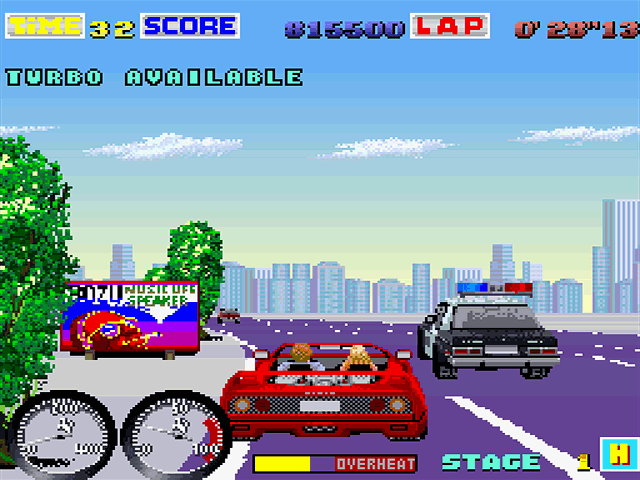
Out Run was the quintessential arcade racer of the 1980s and Turbo Out Run was basically an upgrade kit. The concept involves racing a Ferrari F40 across the United States, moving from one check point to the next while avoiding traffic. The game is played from a third-person perspective and the camera is placed directly behind the car. The roads have many curves and dips, so it can sometimes be difficult to see ahead. This leads to many comical collisions which can cause your convertible to flip through the air while you and your girlfriend are unceremoniously flung to the ground below. The gameplay is relatively simple, but dynamic weather conditions and various road hazards help mix things up a bit. Puddles of water on the road will affect your traction, traffic barriers will slow you down, and oil slicks can catch on fire! Turbo Out Run introduced an aptly-named turbo button to the series that helped speed up the game. Meanwhile, the newly-added option to upgrade your engine, tires, or turbo power added a little more depth to the series. Finally, the addition of police cars added a sense of urgency to the game and encouraged you to drive even faster. The FM Towns port isn’t perfect (it was missing some background detail and reduced the number of road hazards), but it was a huge step up from the Genesis version and the arranged Red Book audio soundtrack sounded better than the arcade game.
8
Alltynex
1996
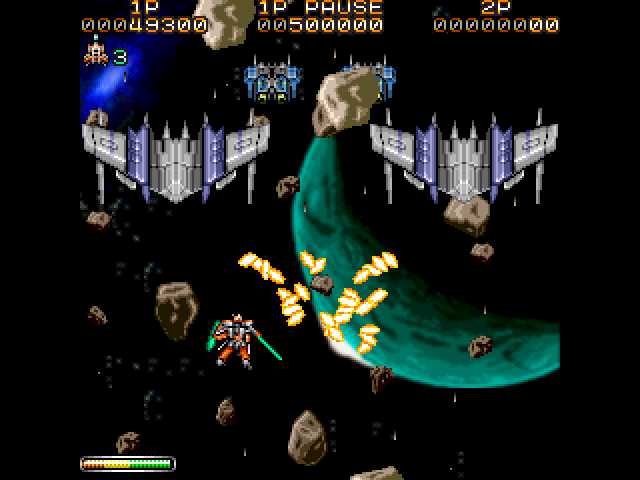
Alltynex is a vertically-scrolling shooter that was released exclusively for the FM Towns. The point of the game is to shoot enemies and dodge enemy fire, so it’s pretty much like every other shooter in that regard. If you can’t find a way to dodge enemy fire, however, you can just transform into a robot and obliterate the bullets with a giant sword! The ability for players to switch back and forth between a ship and a mecha adds an element of strategy that’s not seen in most shooters. The sword technique is very powerful, but also requires you to get close to your enemies and gives you less time to react to their attacks. The ship form is much weaker, but it’s better for long range attacks due to its upgradeable spread shot and secondary homing laser. The setting, enemies, and “stop the evil computer” storyline are all pretty generic, but I still came away from the game wishing more shooters would let me transform into a robot. Rest assured, slicing through asteroids with a laser sword is as fun as it sounds.
7
Raiden Densetsu
1991
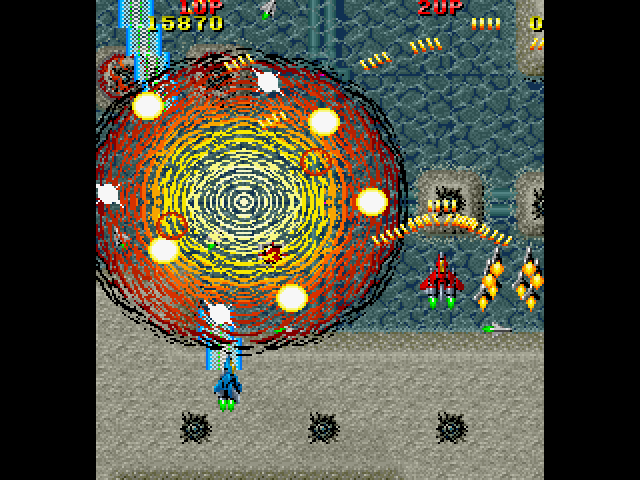
Raiden Densetsu is a straightforward vertically-scrolling shoot ’em up that was first released in arcades in 1990. The game seems pretty tame compared to other shooters. You spend most of the game flying above normal-looking houses and generic scenery, the enemies are relatively small, and the weaponry is modest compared to other games that fill the screens with epileptic explosions of color. The player’s ship looks like a regular fighter jet and the alien warships look like variations of standard military tanks and planes. It would be easy for someone to take a look at the game and write it off as dull or boring, but the simplicity of Raiden makes it one of the most playable shooters of its era. It’s easy to tell what you can interact with, and enemy bullets never get lost in the background. There are a lot of projectiles to dodge, but keeping track of everything is easy even when a second player jumps in to help out. The visuals are somewhat understated, but the music is fantastic. The soundtrack sounds like it was ripped right out of a 1980s action movie montage.
6
Viewpoint
1993
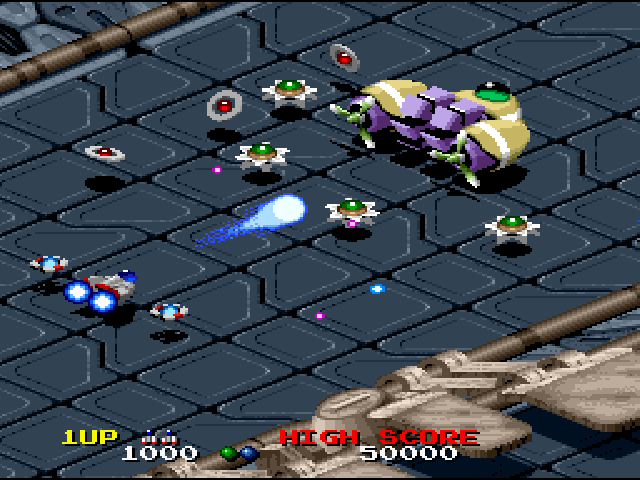
Viewpoint is an isometric shooter reminiscent to Zaxxon. The game’s perspective creates a sense of depth and makes the imposing enemies seem even more impressive. On a related note, the enemies themselves are highly imaginative. From brightly colored insect-like creatures to ships that resemble Slinkies, Viewpoint is filled with surreal imagery. The game is relatively light in the power-up department, but players have the ability to charge their shots up before firing and can also collect three varieties of bombs. These bombs can make walls of fire, create huge blast zones, or shoot off several homing missiles. Blowing things up is fun, but Viewpoint also requires players to activate levers and open gates along the way. This helps to break up the action and makes the game feel less repetitive. Viewpoint is a demanding game and the challenge ramps up quickly, but those willing to put in the time and effort will be rewarded. There’s something interesting to see in every stage, and the lively soundtrack keeps things feeling light no matter how often you crash and burn. Viewpoint was released by SNK for the Neo Geo and ported to multiple consoles, but the FM Towns version was closest to the original.
5
Monkey Island 2: LeChuck’s Revenge
1994
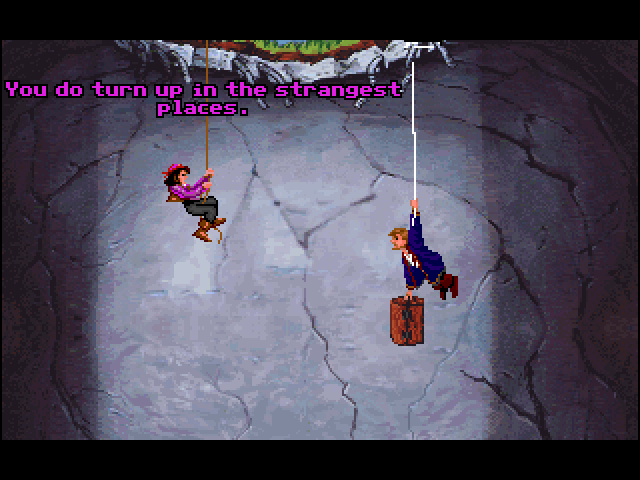
When putting together this list, I made a conscious decision not to include any ports of games originally designed for western-based home computers. After all, this list would be pretty pointless if it was dominated by uninspired ports of DOS and Amiga games. In the end, the list felt incomplete without a Lucasfilm adventure game on it. The FM Towns ports of Lucasfilm games often looked better than their DOS counterparts (at least the EGA versions) and were often considered the definitive versions of the games. Monkey Island 2 was the sixth game to run off Lucasfilm’s SCUMM engine (which had been developed for Maniac Mansion) and the last to be released on the FM Towns. Like all SCUMM games, Monkey Island 2 features a simple point-and-click interface that allows players to interact with their environments and solve puzzles. Monkey Island 2 features a few annoying puzzles, but it’s somewhat more flexible than its immediate predecessor since it has multiple difficulty settings to choose from. The puzzles are often used as comedic devices, and the real draw of the series has always been its sense of humor. A diverse cast of characters, a great atmosphere, and an amazing soundtrack make Monkey Island 2 memorable, but the reason why the game is held in such high regard is because it’s remarkably funny. It’s arguably the wittiest game Lucasfilm ever made.
4
Splatterhouse
1992
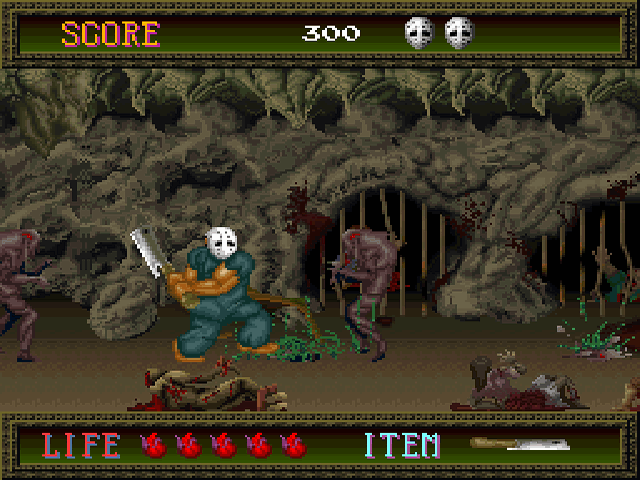
Splatterhouse is a simplistic side-scrolling beat ’em up in the vein of Irem’s Kung Fu Master. Unlike Double Dragon or Final Fight, the movement in the game is restricted to a single plane. Players are able to jump and duck, but the game is largely based around punching and kicking endless waves of approaching enemies. The game isn’t nearly as monotonous as it sounds, however, and the ability to use 2×4’s, shotguns, and meat cleavers as weapons adds some variety to the game. Players will also get to smash zombies against walls, punch knives out of the air, and take down giant monsters by throwing harpoons at them! The manner in which enemies emerge in Splatterhouse really keeps the player on their toes. Obstacles come out of the floor, hazards drop from ceilings, and enemies jump out at you from the backgrounds. Of course, the most compelling aspects about Splatterhouse were the horror-based themes and use of gore. The main character was obviously based off of Jason Voorhees and the game was clearly inspired by a number of classic horror films, but these themes were seldom seen in video games when Splatterhouse was released. The appeal of the game goes far beyond the blood and violence, and the overall atmosphere of the game was truly unforgettable. The TurboGrafx port of Splatterhouse was fantastic, but the FM Towns version is arguably the best version of the game ever released.
3
Tatsujin Ou
1993
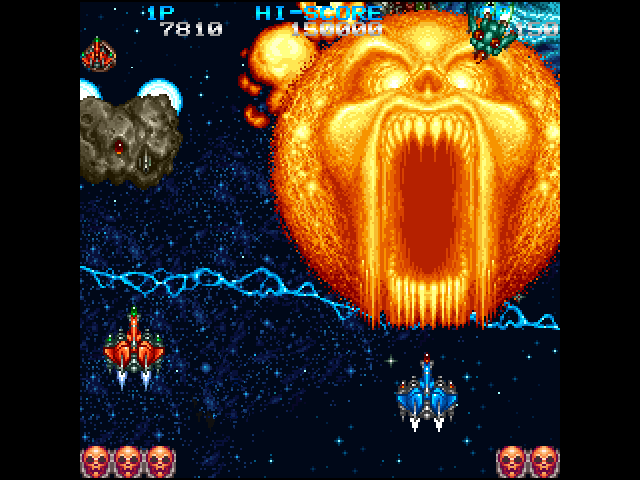
Tatsujin Ou is a vertically-scrolling shooter that was originally released in arcades. The FM Towns version is noteworthy since it’s the only home port of the game. Like many shoot ’em ups, the game features various power-ups to increase speed and fire power. You’ll also be given the opportunity to change your main weapon from the standard canon to a more powerful beam. Each weapon can be upgraded several times, resulting in new abilities such as lock-on. It feels incredible when your ship is fully powered up, and the weapon effects are amazing. The bright lasers are persistent throughout the game and just look powerful. The bombs are impressive too and fill the screen with cool skull-shaped explosions. Tatsujin Ou features six large areas that are each guarded by an imposing boss, but it’s not exactly the longest game. The enemies are surprisingly intelligent though, and the game feels less mindless than a lot of shooters do. Instead of simply flying around aimlessly in a predictable pattern, the enemies will actually swerve to avoid your bullets. The first Tatsujin (known as Truxton outside of Japan) is more famous than its sequel, thanks in part to the PC Engine and Genesis ports. Tatsujin Ou improves upon the original in pretty much every way and is probably the best reason to own an FM Towns.
2
Puyo Puyo
1994
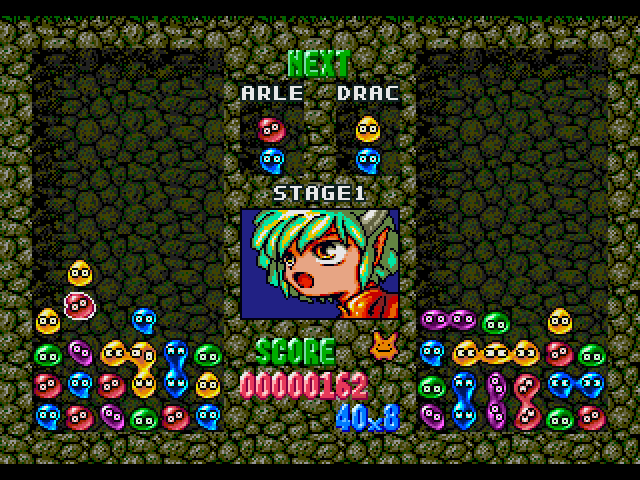
After Tetris became a worldwide phenomenon, countless puzzle games were released in its wake. Puyo Puyo was one of the most significant. The game simply required players to group falling blobs together by color in order to eliminate them from the playing field. This is pretty standard stuff as far as puzzle games go, but there were a number of things that made Puyo Puyo stand out. In contrast to most puzzle games from the era, it featured a surprisingly robust one-player mode wherein players compete against 12 computer controlled opponents. The characters had their own personalities and play styles, and the story progressed with cutscenes. Like any respectable puzzle game, Puyo Puyo also allowed players to compete against each other. This is where the game truly shined. The game made it possible to set off chain reactions and clear out multiple groups of blobs at the same time. Instead of simply rewarding players for their combos, the game punished their opponent by dropping garbage blobs on their playing field. This was similar to how gameplay worked in Dr. Mario, but Puyo Puyo was even more combo-centric. Puyo Puyo was released on over a dozen platforms (and was re-skinned as Dr. Robotnik’s Mean Bean Machine for Sega’s consoles), but the FM Towns version stands out due to its amazing jazzy soundtrack. It sounds considerably better than the arcade game!
1
Super Street Fighter II
1994
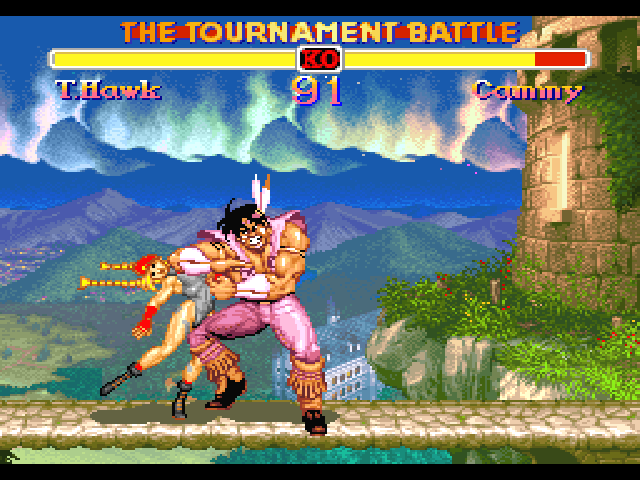
I know versions of Street Fighter II have shown up on a lot of lists already, but there is a reason why it gets so much praise. It was the single most important arcade game of its era, it pretty much created an entire genre, and it even popularized the six-button controller. Its impact on the industry cannot be overstated. The game is over 30 years old, but it’s still incredible today. Super was the fourth major iteration of Street Fighter II and the only one released on the FM Towns. It featured a diverse roster of 16 characters and was the first game to be developed on Capcom’s CPS-2 arcade board. As far as arcade ports go, the FM Towns version falls short of perfection in a number of areas. It runs at a lower resolution than the arcade game, the parallax scrolling effects in the backgrounds were removed, and most of the background animations are missing as well. The gameplay is solid though, and it was much more stable than other FM Town arcade ports like Samurai SLOWdown. Fujitsu even released a special six-button controller to coincide with the release while Capcom released an adapter to allow compatibility with their CPS Fighter arcade stick. The FM Towns version featured 14 difficulty settings and a unique mode that allowed players to fully customize the colors of the characters. Although it didn’t look quite as nice as the arcade game or the stellar X68000 port, it was one of the best-sounding versions. The QSound audio of the arcade original is reproduced faithfully on the FM Towns, and the game features an arranged soundtrack that was later used in the 3DO port of Super Turbo.

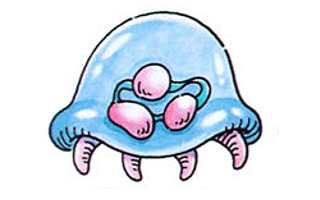
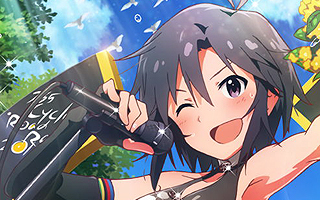
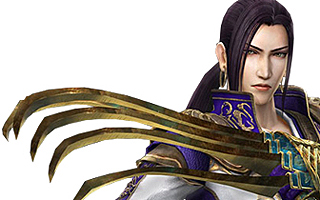
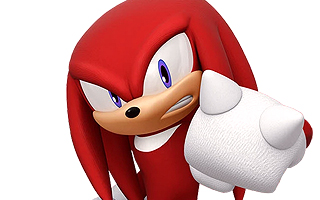
Do you agree with this list? Let us know what you think by leaving a comment below. Your opinion matters!